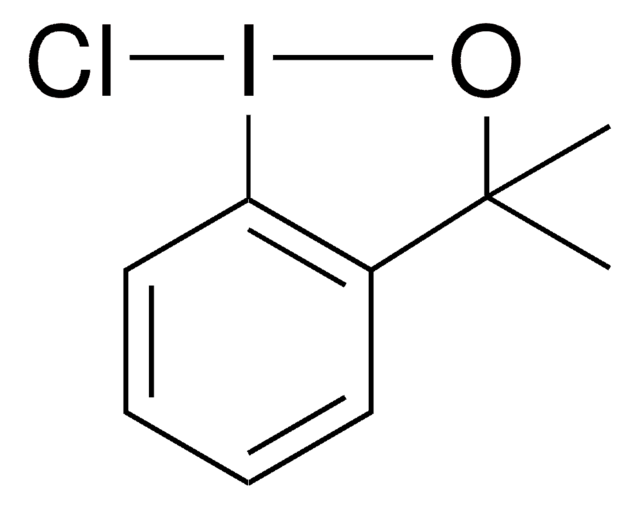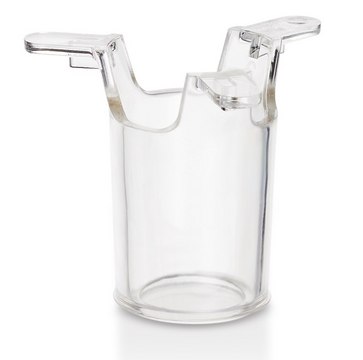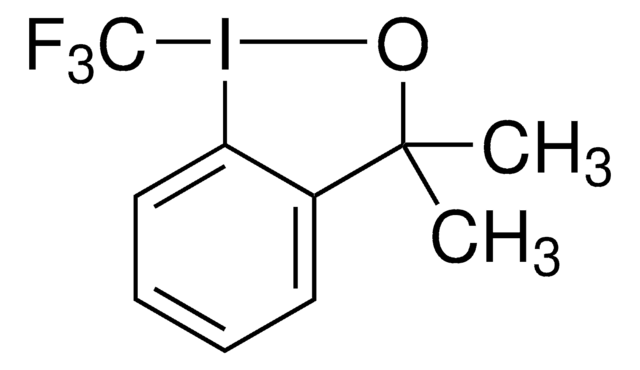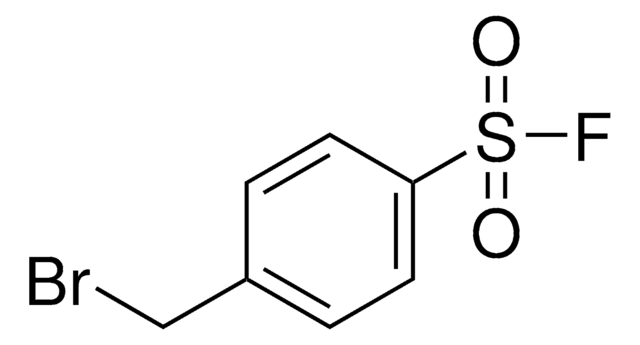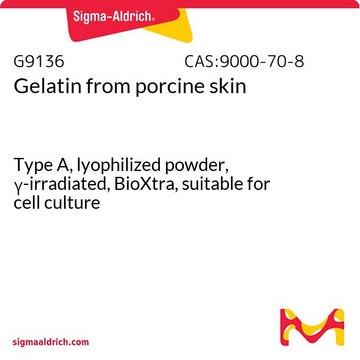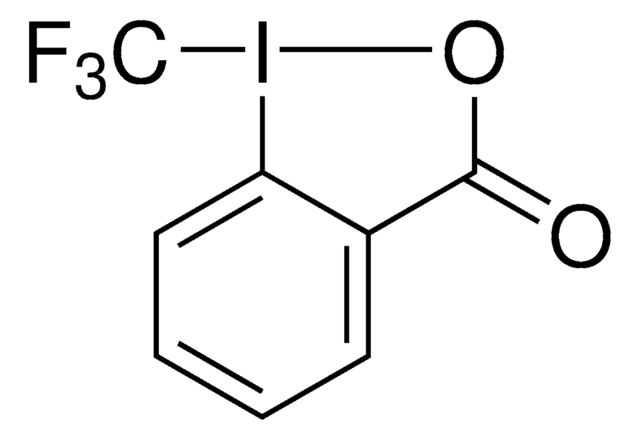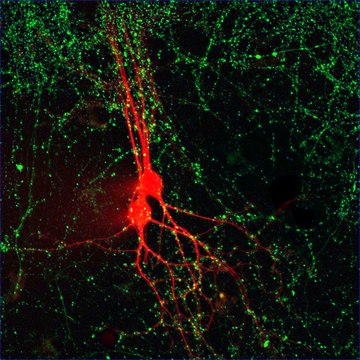推荐产品
应用
The EMD Millipore QCM Gelatin Invadopodia Assay (Red) provides the reagents necessary for affixing a thin, uniform layer of Cy3-labeled gelatin to a glass culture substrate, allowing for rapid detection of matrix degradation (Artym et al., 2009, Xu et al., 2009). A poly-L-lysine coating is first adsorbed to the glass substratum. The substrate is then treated with a dilute glutaraldehyde solution to bi-functionally “activate” the surface for further protein binding. Subsequent incubation of the surface with fluorescent gelatin allows covalent coupling between the poly-L-lysine and gelatin via reactive aldehyde (-CHO) groups. The fluorescently-coated glass is now prepared for cell culture by disinfection with 70% ethanol, followed by quenching of free aldehydes with amino acid-containing growth medium. Upon completion of fluorescent substrate preparation, cell types of interest may be seeded onto the gelatin surface for a desired amount of time. Depending on cell type, degradation may occur within a few to several hours. Treatment compounds of interest may also be introduced within the culture period.
With EMD Millipore′s QCM Gelatin Invadopodia Assay (Red), degraded areas of gelatin, now devoid of fluorescence, may be microscopically visualized and quantified using image analysis software algorithms. The assay also provides fluorescent FITC-phalloidin and DAPI, for visualization of cytoskeletal F-actin and nuclei, respectively, to allow co-localization of degradation with cellular features. Potential activators or inhibitors of invadopodia formation may be investigated for their influence on the degree and frequency of matrix degradation, and the assay may be further combined with immunocytochemical staining for other molecules of interest in pathway studies.
With EMD Millipore′s QCM Gelatin Invadopodia Assay (Red), degraded areas of gelatin, now devoid of fluorescence, may be microscopically visualized and quantified using image analysis software algorithms. The assay also provides fluorescent FITC-phalloidin and DAPI, for visualization of cytoskeletal F-actin and nuclei, respectively, to allow co-localization of degradation with cellular features. Potential activators or inhibitors of invadopodia formation may be investigated for their influence on the degree and frequency of matrix degradation, and the assay may be further combined with immunocytochemical staining for other molecules of interest in pathway studies.
包装
Enough Reagents for 4 x 8-well Chamber Slides (32 assays)
组分
Cy3™-Gelatin, 4X: One vial containing 0.5 mL Unlabeled Gelatin, 4X: One vial containing 2 mL DAPI: One vial containing 100 µL at 100 µg/mL in water Poly-L-Lysine, 2X: One vial containing 5 mL Glutaraldehyde, 16X: One vial containing 1 mL FITC-Phalloidin: One vial containing 20 µg
储存及稳定性
Store Cy3™-Gelatin, Unlabeled Gelatin, Poly-L-Lysine and DAPI at 2-8°C. Store Glutaraldehyde and FITC-Phalloidin at -20°C. Use all reagents within 4 months from date of receipt.
法律信息
Cy3 is a trademark of Cytiva
免责声明
Unless otherwise stated in our catalog or other company documentation accompanying the product(s), our products are intended for research use only and are not to be used for any other purpose, which includes but is not limited to, unauthorized commercial uses, in vitro diagnostic uses, ex vivo or in vivo therapeutic uses or any type of consumption or application to humans or animals.
警示用语:
Danger
危险分类
Acute Tox. 2 Oral - Acute Tox. 4 Inhalation - Aquatic Chronic 2 - Eye Dam. 1 - Resp. Sens. 1 - Skin Corr. 1B - Skin Sens. 1 - STOT SE 3
靶器官
Respiratory system
补充剂危害
储存分类代码
6.1A - Combustible acute toxic Cat. 1 and 2 / very toxic hazardous materials
法规信息
监管及禁止进口产品
我们的科学家团队拥有各种研究领域经验,包括生命科学、材料科学、化学合成、色谱、分析及许多其他领域.
联系技术服务部门
